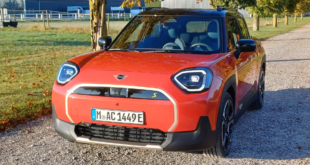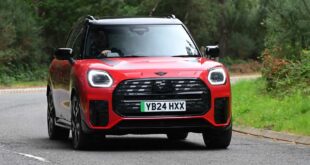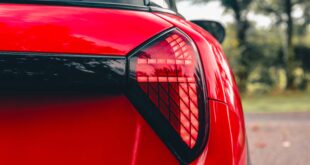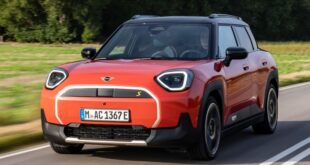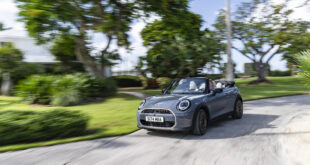April 26, 2021, marks the 20th year of the modern-day take on the production of MINI. BMW took over the British brand in the late 1990s and put some work with the modern-day MINI, releasing a first-ever remodel by 2001. Its new model came out with a fresh feel and look, yet it was both something to rejoice in and be sad. After 42 years in production, MINI’s original concept is now at rest.
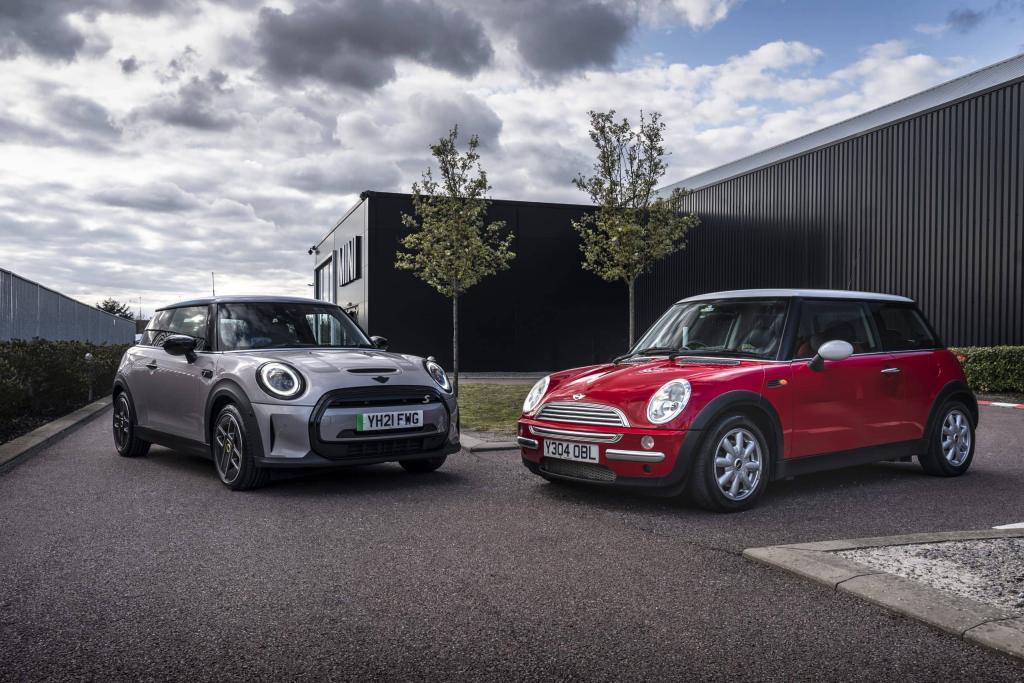
Thanks to the flexible platform and hard work, the first-ever modern-day MINI rolls off the assembly line in Oxford. Ever since its launch, the production in the UK reached over 5 million models. MINI is now making its 3-door and 5-door hatchback versions in the UK, along with Clubman and Electric model. All of which are in the same assembly line. The German automaker employs over 4,500 highly skilled employees with 130 apprentices for MINI’s Plants in Oxford and Swindon. Both plants keep the production moving to build one MINI car every 67 seconds, a total of a thousand per day.

Furthermore, the automaker was able to reach plenty of milestones over the past two decades under BMW. The first new MINI in the production line was on April 26, 2001, yet its proper debut took place on July 7. MINI’s first Convertible released was in 2004. It was then followed by BMW’s success in the MINI Plant in Oxford as it becomes the first BMW Group plant to use the Integrated Paint Process. This Integrated Paint Process makes the process more efficient.

Later on, we saw MINI’s first Clubman under BMW in 2008. MINI’s first MINI E model – the hatch made electrified – followed one year after. It is meant to be a measuring stick for other EVs. Several launches followed after the reveal of the Countryman in 2010 with the MINI Coupe, Paceman, and Roadster. Also, all of which came one year after the other. Moreover, MINI Plant Oxford celebrates its ten millionth vehicle made over the decades in 2019. It is such a remarkable moment for the German brand. Over the years, the British automaker proves that it still holds the quality and outstanding production of its vehicles. It will probably be doing it for the future production of new cars.
 BMW.SG | BMW Singapore Owners Community The Ultimate BMW Community – Established Since 2001
BMW.SG | BMW Singapore Owners Community The Ultimate BMW Community – Established Since 2001


